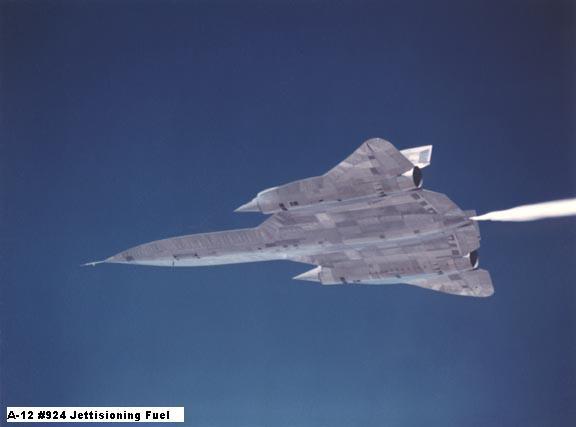


 |
 |
 |

In early 1964, the Soviet Union had secretly moved missiles and rockets onto
the island of Cuba, a mere 90 miles from the mainland of the United States,
prompting the CIA to begin planning for the contingency of flights over that
island under a program designated SKYLARK. Oxcart pilot Bill Park?s A-12
accident at Groom Lake in early July held this program up for a time, but on 5
August Acting DCI Marshall S. Carter directed that SKYLARK achieve emergency
operational readiness by 5 November. This involved preparing a small OXCART
detachment to secretly initiate flights over Cuba.
The goal was to operate at Mach 2.8 and 80,000 feet altitude. In order to meet
the deadline set by General Carter, camera performance would have to be
validated, pilots qualified for Mach 2.8 flight, and coordination with
supporting elements arranged.
Among the obstacles facing the planners, only one of several installations for
electronic countermeasures (ECM) would be ready by November. This meant the
missions would involve operating over Soviet and Cuba missile installations
without a full complement of defensive systems. Addressing this problem was a
senior intra-governmental group, including representation from the President?s
Scientific Advisory Committee. The panel decided that the first few overflights
could safely be conducted without them, but having ECM capability would be
necessary thereafter.
After considerable modifications to aircraft, the detachment simulated Cuban
missions on training flights, and a limited emergency SKYLARK capability was
announced on the date General Carter had set. With two weeks notice the OXCART
detachment could accomplish a Cuban overflight, though with fewer ready aircraft
and pilots than had been planned.
During the following weeks the detachment concentrated on developing SKYLARK
into a sustained capability, with five ready pilots and five operational
aircraft. The main tasks were to determine aircraft range and fuel consumption,
attain repeatable reliable operation, finish pilot training, prepare a family of
SKYLARK missions, and coordinate routes with North American Air Defense,
Continental Air Defense, and the Federal Aviation Authority. All this was
accomplished without substantially hindering the main task of working up OXCART
to full design capability. Though prepared to fly the OXCART articles over Cuba,
no flights were ever made. The U-2 flights had proved adequate, and with the
missile crisis defused, the A-12 was reserved for more critical situations
cropping up in the Far East and Vietnam.
 |
 |
 |